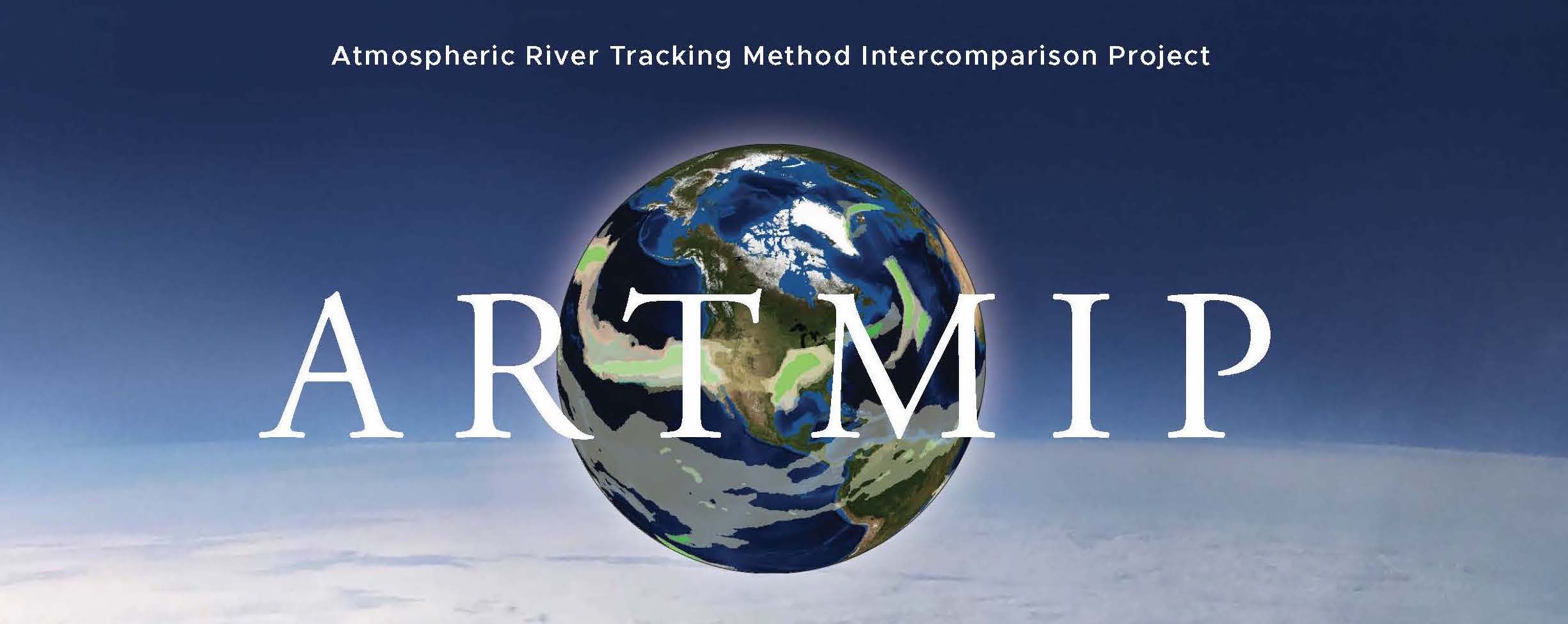Workshops & Meetings#
Upcoming Events#
New ARTMIP Projects#
Date: TBD, see Future Directions Telecon Outcomes
Goals
Develop a roadmap for ARTMIP’s role in for community and open science
Ideas? Please fill out this survey
Past Events#
ARTMIP Future Directions Telecon#
Date: Februrary 21st 2025
Goals
Develop a roadmap for ARTMIP’s role in for community and open science
Ideas? Please fill out this survey
Outcomes
Writing an ARTMIP Synthesis paper to summarize ARTMIP findings across experiements
Designing new experiments for S2S and Polar regions
Creating Github workflows
Discussion of extending Reanalysis catalogues, TBD
ARTMIP Tier2-Reanalysis/Paleo Telecon#
Date: 12 March 2021
Goals
Present and discuss Renalayis comparison results
Updates to other T2 subtopics, C20C+ and CMIP5/6
T2 Paleo subtopic introduciton, experimental design, and timeline
Discuss ARTMIP future directions and outstanding science questions
Outcomes
T2 Reanaysis results discussed including new analaysis suggestions
Paleo simulations (using CESM) include Holocene (10ka) orbital, LGM (21ka) ice sheet, and respective controls
Catalogues will be run on ~30 year timeslices at the end of the simulations
Catalogue collection ~ Winter (boreal) 2021/2022
Discussed inclduing volunteer ARTMIP ARDTs into common framework
ARTMIP Tier2-Reanalysis Telecon#
Date: 27 March 2020
Goals
Motivation for need of Reanalysis senstivity subtopic
Discussion and choice of reanalysis to include in subtopic
Develop experimental design and timeline
Outcomes
Experimental design developed and reanalyses identified
Required datasets: MERRA-2 1hourly Native, ERA-5 1hourly native
Optional datasets: JRA55, JRA-55c, CERA-20, ERA20C
Required datasets due August 2020 and Optional due the Fall 2020
3rd ARTMIP Workshop#
Date: 16-18 October 2019, Berkeley, CA
Goals
Presentations of results from ongoing ARTMIP research
Working discussion of current and future ARTMIP experiments
Solicitation of expert identification of ARs and other weather phenomena for machine learning
Workshop Webpage
Outcomes
Produced a workshop report and summary paper
Developed analysis plan for CMIP5/6 papers
Completion of successful AR tagging campaign to be published under ClimateNet project
ARTMIP Tier 2 CMIP5/C20C+ Telecon#
Date: 7 June 2019
Goals
Facilite applying algorithms to CMIP5 data
Develop analyis plan
Develop publication plan
Outcomes
General updates, Tier 1 Paper, new algorithms, etc.
Ashley Payne and Travis O’Brien announced as new committee members
Discussed status of C20C+ analysis, missing data, available catalogues, analysis goals and potential Figures for C20C+ overview paper
Discussed 3rd Workshop plans
Discussed Tier2 CMIP5 data, design, timeline, and analysis plan
Solicited voluteers for CMIP5 analysis
ARTMIP Initial Results C20C+ Telecon#
Date: 4 March 2019
Goals
Discuss scope of Tier 2 - C20C+ paper
Present initial analysis and next steps
Update on Tier 2 - CMIP5/6
Outcomes
Update on Tier 1 Overview Paper (Rutz)
Update on catalogue availability, quality control, and data access (Payne)
Presentations and Discussion: AR life cycle (Zhou), initial C20C+ analysis (Shields)
Scope of C20C+ paper and Discussion (Payne)
Update on Tier 2 - CMIP5/6, 3rd ARTMIP workshop (O’Brien)
2nd ARTMIP Workshop#
Date: April 23-24, 2018
Location: Gaithersburg, Maryland
Goals
- Discuss Tier 1 catalogues in context of science questions defined in 1st workshop
- Discuss Tier 1 analysis for science overview paper
- Discuss metrics and begin to formulate guidance on algorithmic choices based on Tier 1 results
- Adjust metrics, if necessary
- Discuss and organize Tier 2 catalogue details
- Climate change comparisons
- For re-analysis sensitivity comparisons
- CMIP5 data comparisons
Agenda
Outcomes
- Discussed Tier 1 analysis and overview paper with next steps
- Organized Tier 2 subtopic details and created timelines
- High resolution climate change comparisons
- CMIP5 data comparisons
- Reanalysis sensitivity comparisons, including link to instrumental observations
- Discussed emerging needs and gaps in AR science
- Exectutive Summary
ARTMIP One-Month Trial Run Telecon#
Date: 22 September 2017
Goals
Review 1-month proof of concept catalogues
Adjust experimental design, if necessary
Adjust metrics, if necessary
Discuss contributions for experimental design paper
Outcomes
15 groups participated in 1-month trial, along with two “Human” controls, i.e. 2 participants counted ARs “by eye” for both Western U.S. and Europe
Discussed spread in intensity, frequency, and duration in catalogues
Discussed refinement of metrics for both climatologies and case studies
Set final requirements and dates for full catalogues, and contributions for experimental design paper
1st ARTMIP Workshop#
Date: 10 - 11 May 2017
Location: Scripps Institute of Oceanography
Goals
To create ARTMIP framework
Choose common data set for initial catalogues
Gain community input on key science questions
Gain community input on AR metrics for ARTMIP
Outcomes
- Tier structure established
- Chose MERRA-2 1980-2017 for Tier 1 catalogues
- Designed a 1-month “proof of concept” trial run to work out bugs with Tier 1 design. February 2017 was chosen due to high AR frequency in PNW during this time period
- Chose CAM5 25km LLBL climate change runs for Tier 2 climate catalogues
- Key science questions are related to:
- Uncertainty regarding AR climatology
- The relationship between ARs and precipitation
- How these may be altered under future climate change scenarios
- Fundamental metrics include AR frequency, duration, intensity, and the climatology of these quantities
- Co-chairs will lead two papers:
- Outlining experimental design
- Scientific results from Tier 1
